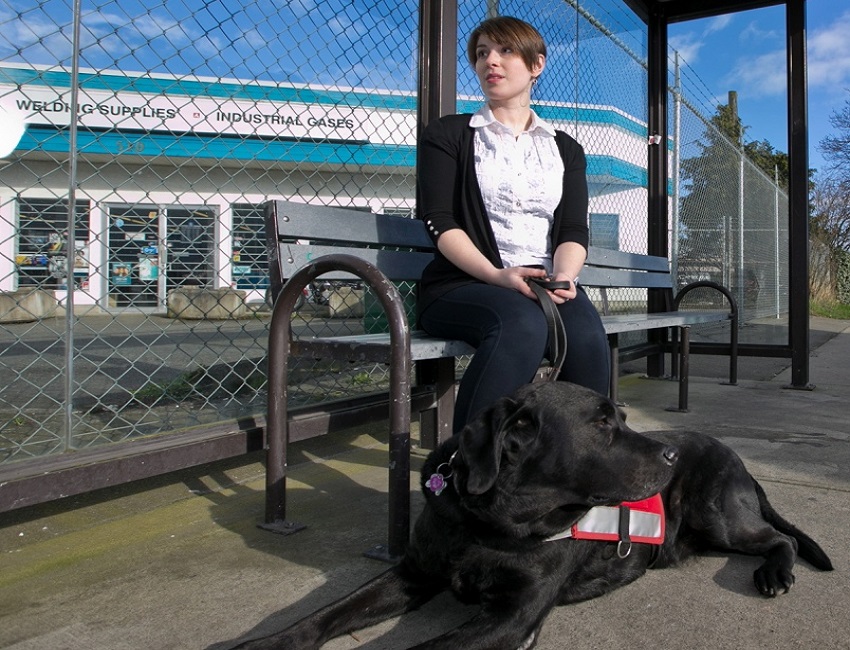
We know the importance of traveling with them so as not to leave them alone at home or abandon them. One way that we are sure if we want to travel by public transport is the bus. The bus is a type of transport that makes our journey comfortable. In this article, we explain are dogs allowed on buses and what things you should keep in mind.
The law prohibits the carriage in the passenger compartment of any animal, except guide dogs. Therefore dogs that do not guide dogs cannot go on a bus.
Are dogs allowed on buses?
Dogs or cats will travel in the holds, inside cages or special baskets provided by the traveler that must be adapted for this use, being forbidden to transport them outside said cages or baskets.
The transfer of these animals is carried out under the entire responsibility of their owners, who will necessarily travel in the same service as the animal.
The traveler must present themselves to the bus, accompanied by the animal, 15 minutes in advance, introducing the animal into the cage and placing it in the coach. The use of a muzzle in the case of dogs is not mandatory, although it is recommended.
The dog will also be disembarked by its owner, ensuring that there are no people in the vicinity to avoid uncomfortable or dangerous circumstances that could affect the rest of the travelers.
How to take your pet on public transport?
About the admission of domestic animals, as a general rule, access to the Metro Network with animals will not be allowed, except in the cases indicated below:
1. Access with small domestic animals in receptacles
Access with small domestic animals provided they are transported in suitable receptacles and are not dangerous or annoying due to their shape, volume, noise, and smell for other travelers.
Metro de Madrid staff will be the one who assesses, according to their prudential criteria, the danger or annoyance that the animal or transport receptacle represents in each case, as has been done with any luggage, objects, or packages.
2. Access with personal assistance dogs
The access to guide dogs accompanying blind or visually impaired people will be allowed. The access to guide dogs in the training process, accompanied by their trainers, will be allowed. For access to our facilities, the future guide dog will wear the distinctive vest of his condition. The person responsible for it will have a standard card that certifies him as an educator or instructor and trainer of the ONCE Foundation.
3. Dogs trained for special personal assistance
Dogs specially trained as assistants will be allowed access, accompanying people who have some type of disability. They may need help for their autonomy or to warn them of risk situations. Said dogs will always be subject. The responsible person must have the documentation that proves the need to be accompanied by an assistance dog, and that corresponding to the special training certification, such as dogs trained to detect hypoglycemia in diabetic people.
Likewise, the dog must wear a vest or badge given its status as a special assistant. We recommend that you bring your well-fed dog on the bus.
